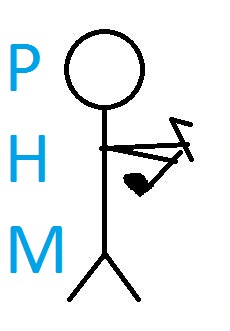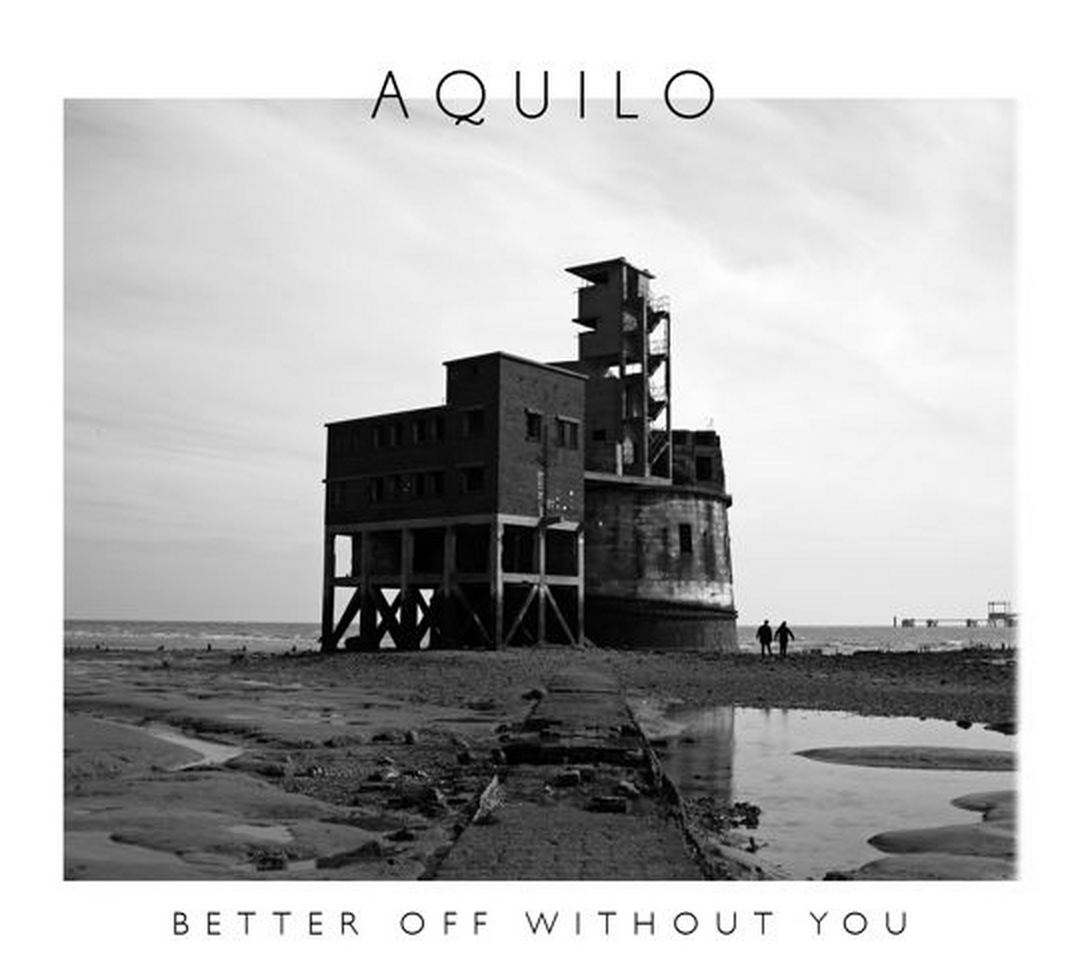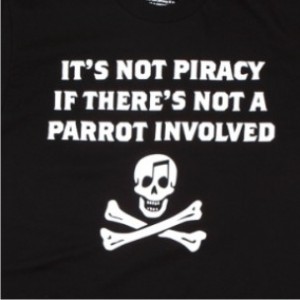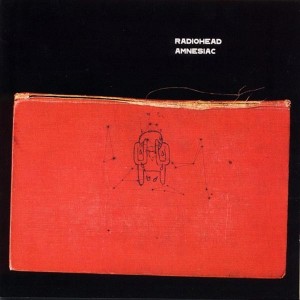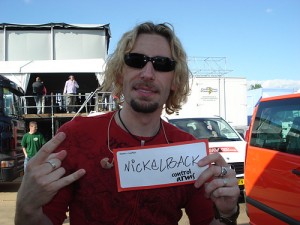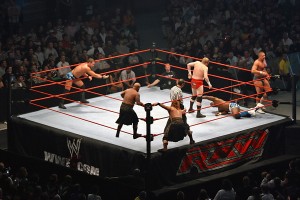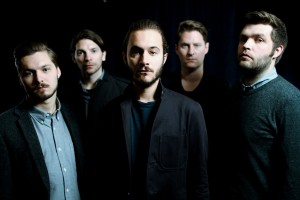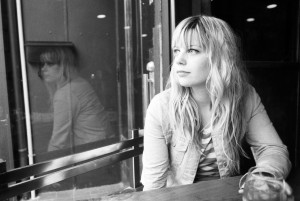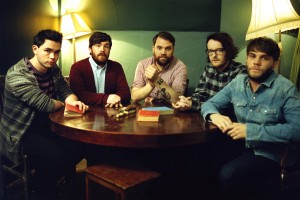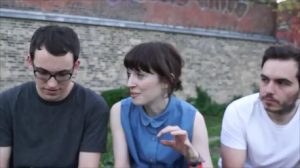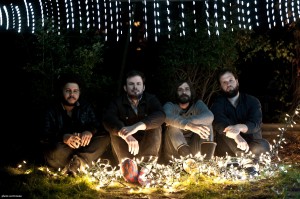The Back Catalogue: Get to Know The Band
Hey there, it’s Millar here again to dip into music’s great past and give you all another classic album/group to check out. This time around it’s The Band. Yes, the band’s name is “The Band”. Got that? Ok. It always makes great conversation (and kind of turns into a ‘who’s-on-first’ moment) whenever someone will hear one of their songs and ask me, “What’s the name of that band?”…”The Band”…”yes, the band, what’s their name?” etc. I guess the lesson is, when Bob Dylan picks you to be his band when he embarks on his first electric tour in 1965, and when Martin Scorsese shows up years later in 1976 to do a documentary film about your last concert, you can call yourself whatever you feel like. The album we focus on today is their self-titled second LP, 1969’s The Band. Yes, the album is called that too.
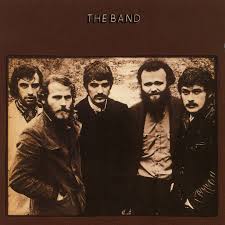
I would describe the group The Band as sounding like a bunch of really solid musicians who listen to, and appreciate, all sorts of different traditional musical genres. You can find hints of rock and roll, rhythm and blues, country, gospel, and soul in their material. Their basic sound was the guitar/drums/bass alongside a cool organ/piano combo. The songs are very well written and the instrumentation is always amazing. The band had 3 guys who could sing and each new track provided an opportunity to see what combination of vocals could produce harmony magic. An accurate quote about the group: “the sum was much greater than the parts and the parts were as good as any that existed”. That’s just how I would describe their second album.
In my younger days I was surprised to learn that The Band is 4/5 Canadian. I would have never guessed because the songs I had heard by them on the radio were always sung by the group’s lone American, Levon Helm (from Arkansas, where Pepsi-owned Taco Bells encourage you to drink Coke, right Pete?). The other 4 guys hailed from good ol’ southern Ontario (my neck of the woods): Richard Manuel from Stratford, Garth Hudson from London, Rick Danko from Simcoe, and Robbie Robertson from Toronto. They had originally come together as the backing band for rockabilly touring legend Ronnie “The Hawk” Hawkins. The constant touring/practicing together had made them into a very tight, proficient musical group.
In 1965 Bob Dylan was looking for a band to take with him on his first electric tour. Until then Dylan had done the solo folk artist thing for awhile and his new plugged-in direction was a thing of great controversy at the time. It was fortunate indeed that a friend of the group from Toronto was working as the secretary for Dylan’s manager (I’m picturing some Mad Men-type scene, everyone’s smoking cigarettes). She told Dylan to go to Yonge Street in Toronto and check them out. He must have liked what he saw because they got the gig. They would tour with Dylan until Bob supposedly had a motorcycle accident in the summer of 1966.
Recording sessions with Dylan would follow in ’67 (known as The Basement Tapes). Then in 1968, after choosing the name “The Band” (after all, that’s what everyone had called them for years), they recorded their first album in Woodstock, New York. The album, Music from Big Pink, was named after the large periwinkle blue pink house the album was recorded in. It was critically acclaimed everywhere and featured what is probably their best known song, The Weight.
When it was time to record their second effort in the spring of 1969, they headed west to the Hollywood Hills, renting a house from singer/actor/rat-packer/candyman Sammy Davis Jr. The pool house was transformed and turned into a usable recording studio/clubhouse. It was a simpler time then, a time when you would hear “Molly” mentioned in a song, and they were actually talking about a female person. The drum kit used during recording was found at a local pawn shop for $130. They had the other typical rock band instruments too, but also cool stuff like fiddle, mandolin, piano, organ, various horns, heck even an accordion. These guys can play I’m telling you. Everyone but Robertson had the ability to play different instruments. Robertson just played guitar…oh, and he also wrote nearly the entire album by himself.
Of The Band’s 12 songs, Robbie Robertson co-wrote 3 of them, and wrote the rest himself. It must be a heck of a thing to be able to pull all those brilliant songs from one mind in such a relatively short period of time. What a talent. The album’s two best known songs are Up on Cripple Creek and The Night They Drove Old Dixie Down.
The Band – Up on Cripple Creek
The more traditional rock’n’roll type songs were represented by tracks like Cripple Creek, Jemima Surrender, Look Out Cleveland, Jawbone, and King Harvest (Has Surely Come). These are the louder, bass-heavy, plugged-in songs where you’ll hear some deadly guitar solos. What sounds like a bullfrog free-styling during Cripple Creek is Hudson playing his clavinette through a wah-wah pedal (nice…). The rest of the album is full of interesting little things like that to hear.
You’ll hear some brilliant piano work by Hudson in Rag Mama Rag, as well as a tuba used to play the bass line. Co-producer/engineer John Simon, despite having never played the instrument in his life, nailed the track dead-on in a single take! Other cool horn (sax, trumpet, trombone) parts are scattered throughout The Band. They really spice up the sound of Across the Great Divide and I love the appearance of a lonesome trumpet haunting the mix in the background of the final choruses of Dixie. Also, the horn duet/solo at the end of The Unfaithful Servant is simply beautiful.
If you want to hear some laid-back acoustic gems check out songs like the aforementioned The Night They Drove Old Dixie Down and The Unfaithful Servant as well as Whispering Pines, Rockin’ Chair, and When You Awake. Whispering Pines is a personal fav of mine simply because of Richard Manuel’s touching vocal performance. Rockin’ Chair has no drums but it does have accordion and mandolin. I think it sounds a lot like what Mumford & Sons would sound like if they had never heard of Coldplay. (Note: Mumford & Sons even covered The Weight, as we posted in 2012).
The Band – Whispering Pines
The album cover looks like a ‘WANTED’ poster from the Wild West. It’s the type of pic that groups of outlaws back then would have taken, you know, where they’d all have to stand still for a few minutes just so the giant camera could get the shot. Selfies back then would have just killed your arms, can you imagine?
The Band (the album) is of stellar quality from top to bottom, or I guess since it was a vinyl release, from the top of side A to the bottom of side B. It even got the group on the cover of TIME magazine in January, 1970. I recommend you check out the full album below, it’s totally worth a listen. If you dig it, check out other Band stuff you can find. There’s more solid studio and live albums by them out there (with and without Bob Dylan, so take your pick).
The Band – The Band
Check out our other Back Catalogue posts:
The Byrds
George Harrison
Peter Gabriel
